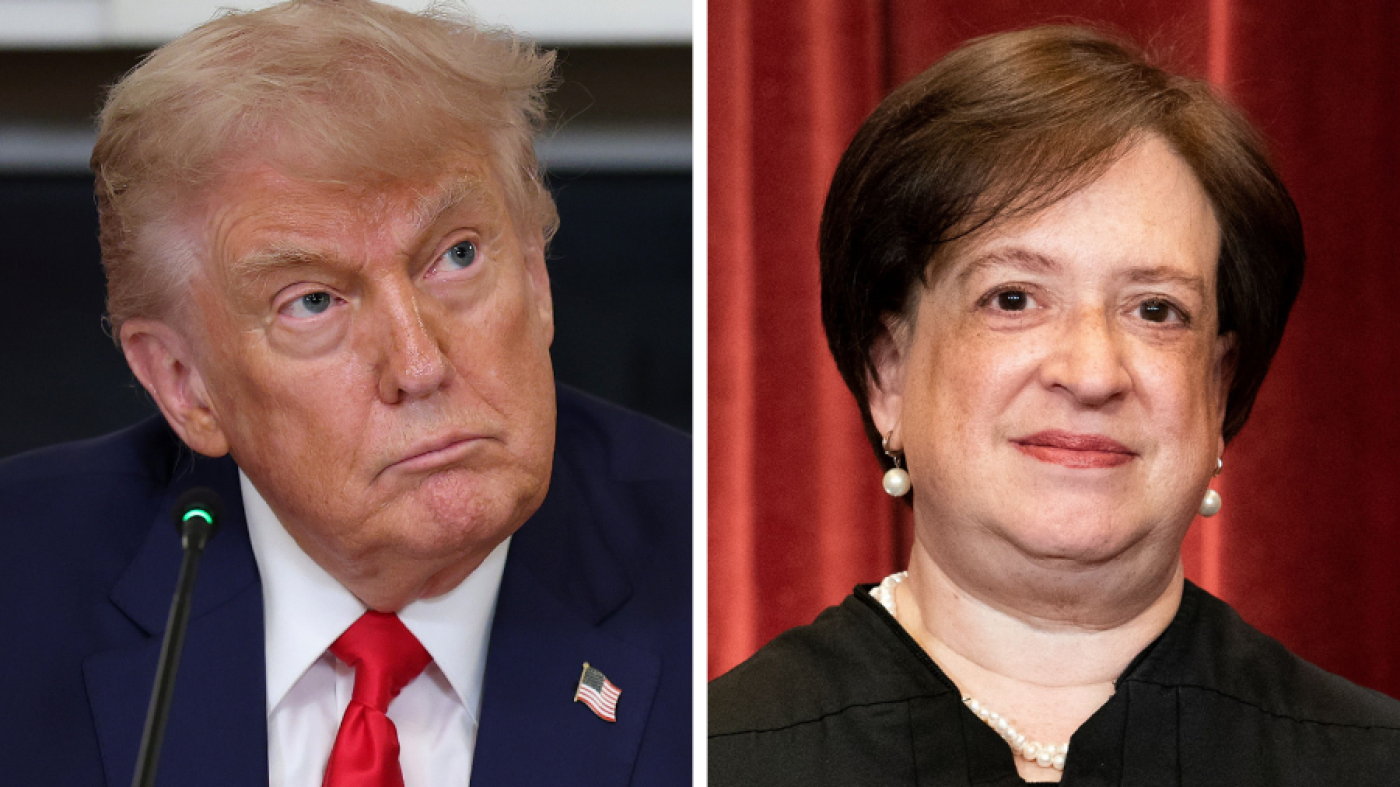The Supreme Court’s decision to lift a lower court order, allowing the Trump administration to proceed with mass layoffs across federal agencies, has sent shockwaves through the federal workforce and sparked intense debate. This ruling, which could impact hundreds of thousands of employees, underscores a broader ideological clash over government efficiency, executive power, and the role of federal employees in public service.
The Genesis of the Layoffs: Executive Orders and Legal Challenges
The Trump administration’s push for mass layoffs began with an executive order directing federal agencies to develop “Reduction in Force and Reorganization Plans.” The stated goal was to streamline government operations, eliminate redundancies, and improve efficiency. However, the order immediately faced legal challenges from unions and employee advocacy groups, who argued that the administration’s actions violated federal workers’ rights and lacked proper justification.
A lower court initially blocked the layoffs, citing concerns about compliance with established procedures for reducing the federal workforce. The court questioned whether the administration had provided sufficient justification for such sweeping cuts. In response, the Trump administration appealed to the Supreme Court, seeking to overturn the lower court’s decision and resume its layoff plans.
The Supreme Court’s Ruling: A Victory for Executive Power?
The Supreme Court’s decision to lift the lower court order represents a significant victory for the Trump administration. The court, in an unsigned ruling, did not provide a detailed explanation for its decision, leaving legal experts to speculate on the rationale. Some interpret the ruling as a reaffirmation of the president’s broad authority to manage the federal workforce and implement policy objectives. Others view it as a narrow decision that simply allows the administration to proceed while legal challenges continue.
Liberal Justice Elena Kagan’s denial of the Trump administration’s request to stay the lower court order highlights the ideological divide surrounding the issue. Her decision suggests that the legal battle over the layoffs is far from over, and that the Supreme Court’s ruling may not be the final word on the matter.
The Impact on Federal Agencies and Employees
The immediate impact of the Supreme Court’s decision is that federal agencies are now free to implement their layoff plans. This means that hundreds of thousands of federal employees could potentially lose their jobs in the coming months. The agencies most likely to be affected include the Department of Education and other agencies where the administration has sought to reduce spending and consolidate functions.
The prospect of mass layoffs has created a sense of uncertainty and anxiety among federal employees. Many fear for their jobs and worry about the impact on their families. The loss of experienced personnel could also disrupt the operations of federal agencies and undermine their ability to provide essential services to the public.
Streamlining or Undermining? The Debate over Government Efficiency
Proponents of the layoffs argue that they are necessary to streamline government, eliminate waste, and improve efficiency. They claim that the federal bureaucracy has become bloated and inefficient over time, and that reducing the workforce is essential to cutting costs and improving performance. They also argue that the private sector is more efficient than the government, and that reducing the size of the federal workforce will encourage more private sector involvement in providing public services.
Critics of the layoffs argue that they will undermine the ability of federal agencies to perform their essential functions. They point out that federal employees provide critical services to the public, such as protecting the environment, ensuring food safety, and providing healthcare to veterans. They argue that cutting the workforce will lead to longer wait times, reduced quality of services, and increased risks to public health and safety. They also argue that the layoffs will disproportionately affect minority and female employees, who are overrepresented in the federal workforce.
A Lingering Uncertainty: The Future of the Federal Workforce
While the Supreme Court’s decision allows the Trump administration to proceed with its layoff plans for now, the legal challenges are ongoing. The lower courts will continue to hear arguments about the legality of the administration’s actions, and it is possible that they could ultimately rule against the administration. This means that the future of the federal workforce remains uncertain.
Even if the administration is ultimately successful in implementing its layoff plans, the long-term impact on the federal government is unclear. The loss of experienced personnel could have a significant impact on the ability of federal agencies to perform their essential functions. It could also make it more difficult for the government to attract and retain talented employees in the future.
A Turning Point or a Temporary Setback?
The Supreme Court’s decision represents a pivotal moment in the ongoing debate over the size and scope of the federal government. Whether it marks a lasting shift towards a smaller federal workforce or a temporary setback for federal employees remains to be seen. The outcome will depend on a number of factors, including the ongoing legal challenges, the political climate, and the ability of federal agencies to adapt to the changes. Regardless of the ultimate outcome, the decision has undoubtedly had a profound impact on the lives of federal employees and the future of the federal government. The long-term consequences will ripple through the nation for years to come.

